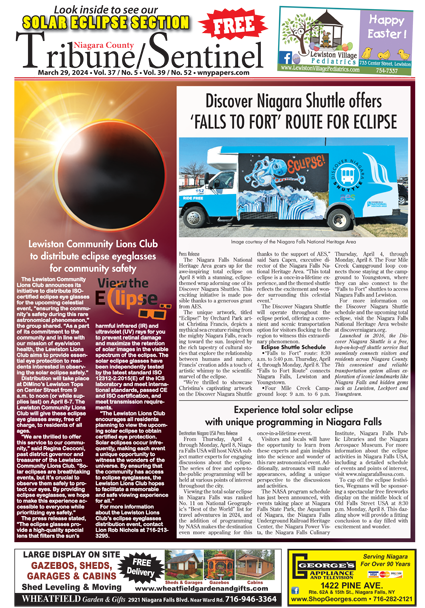Featured News - Current News - Archived News - News Categories
Without aid from Washington, hospitals, schools & local governments could face billions in budget cuts
From the New York state comptroller’s office:
The state’s enacted budget financial plan anticipates a dire fiscal outlook in state fiscal year (SFY) 2020-21 and projects sweeping budget cuts that could affect essential services provided by the state, schools and local governments, according to an analysis released by New York State Comptroller Thomas P. DiNapoli.
As much as $8.2 billion would be cut from aid to localities spending, while large reductions in funding for state operations are also planned. School children and college students, people living in poverty, individuals with disabilities, and aging New Yorkers are among those who may suffer the loss of services. Programs that help fund frontline responders, safeguard health, protect the environment, ease the burden on property taxpayers and maintain a sound transportation system could also face significant cuts.
“The financial plan warns of deep cuts and very troubling actions the state anticipates taking to address the revenue loss and growing costs of fighting the coronavirus,” DiNapoli said. “New York is facing an unprecedented public health and fiscal crisis that could dramatically change our landscape for years to come. As reports by my office have repeatedly shown, New York ranks first among the small group of states that send more dollars to the federal government than they receive in return. Now we need help from Washington that comes without strings to protect New Yorkers from seeing essential services decimated.”
DiNapoli’s report finds:
•The economic projections of the state Division of the Budget (DOB) that underlie the financial plan are in keeping with those of the congressional budget office and other forecasters, and the revenue projections appear reasonable. Given the potential for major cuts in funding for essential services, DOB should make detailed data underlying its economic and revenue forecasts publicly available, and update such information throughout the year along with more detailed information on spending, cash flow, out-year gaps, and borrowing. Cuts to key services should be minimized by reevaluating less essential spending where possible.
•DOB does not anticipate the use of deficit financing this state fiscal year, nor the use of rainy day reserves to avoid a deficit. These are positive factors in addressing the reality of what is expected to be a multi-year fiscal challenge. The state’s plans to delay paying $667 million in Social Security taxes and to defer an additional $700 million of the state-share Medicaid payments, among other steps, will push certain costs to future years.
•Medicaid and other health care costs represent a significant budgetary risk this fiscal year and onward. State costs will rise by levels not yet identifiable due to the direct and indirect impacts of the COVID-19 pandemic. While increased federal aid will pay for some of these new costs, the net impact to the state remains unclear.
•The state may be able to use substantially more of its $5.1 billion allotment from the federal Coronavirus Relief Fund than is reflected in the financial plan. The U.S. Treasury should explicitly make these resources flexibly available for use as needed, while more direct federal aid is needed to help both the state and local governments fill gaps from new lost revenues and new costs.
•Projected out-year budget gaps, after delaying payments and other actions, have tripled compared to those in the executive budget proposed in January, now totaling $25.6 billion over the out-years of the plan. Without additional, urgently needed federal aid, the state has limited flexibility to avoid undesirable actions including spending cuts, revenue increases or deficit financing.
Report on SFY 2020-21 Enacted Budget Financial Plan
Find out how government money is spent at Open Book New York. Track municipal spending, the state's 170,000 contracts, billions in state payments and public authority data. Visit the Reading Room for contract FOIL requests, bid protest decisions and commonly requested data.





























